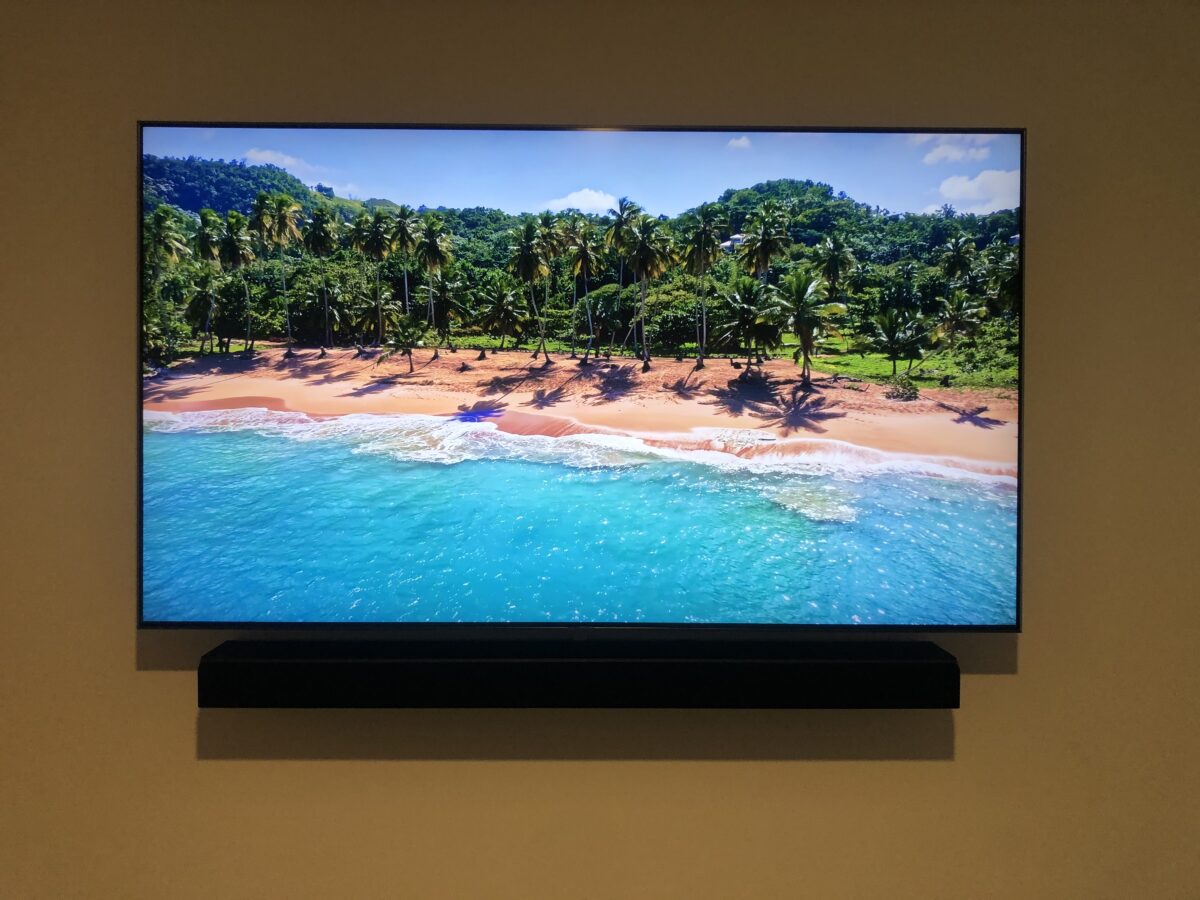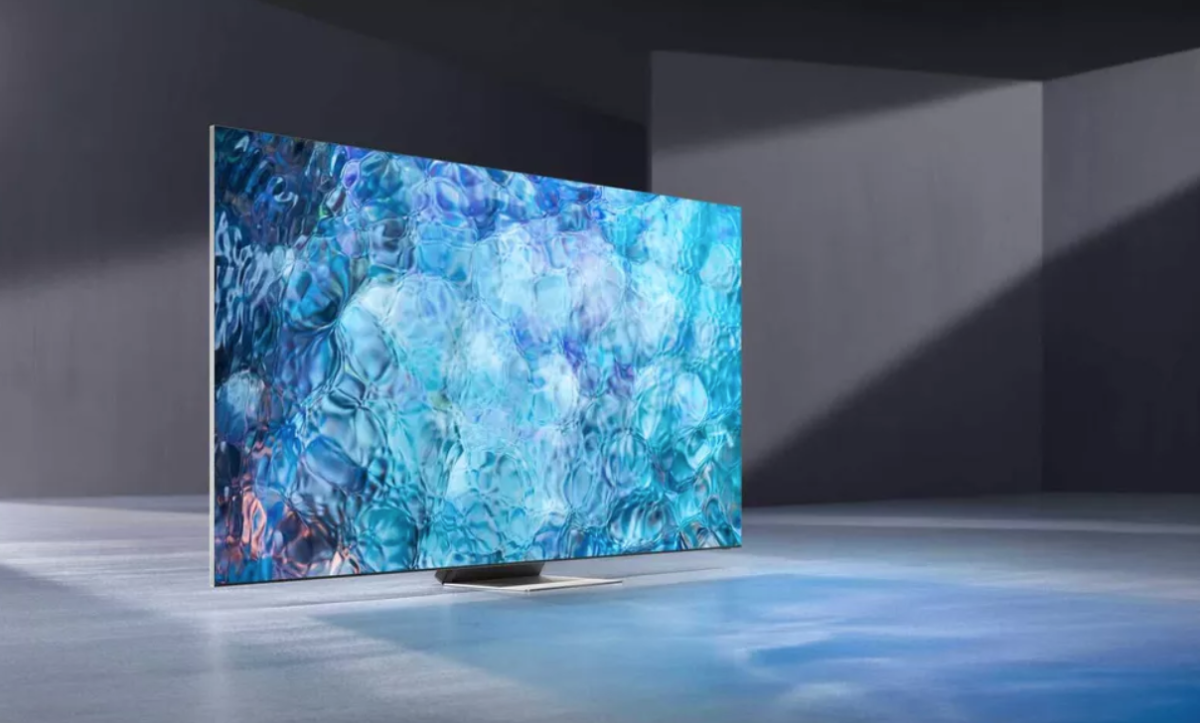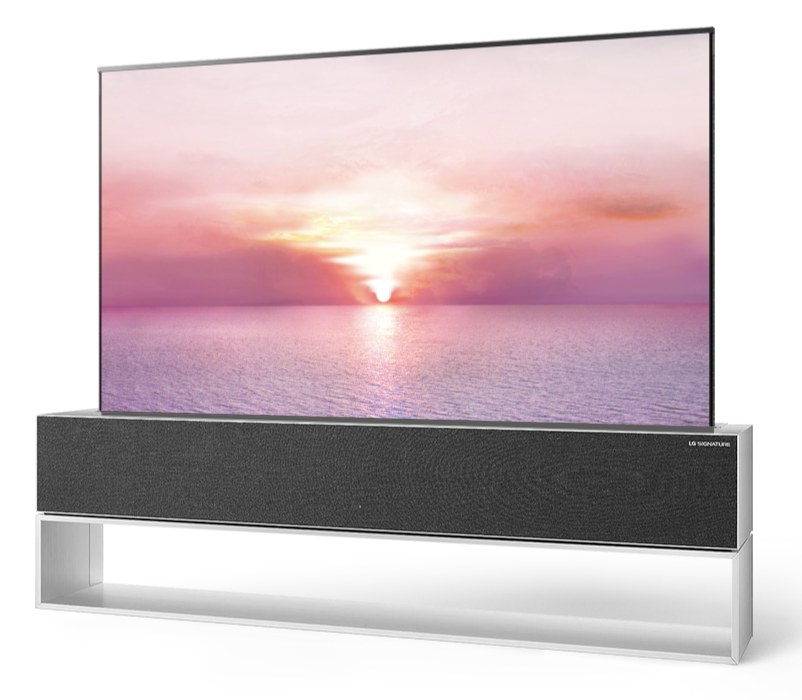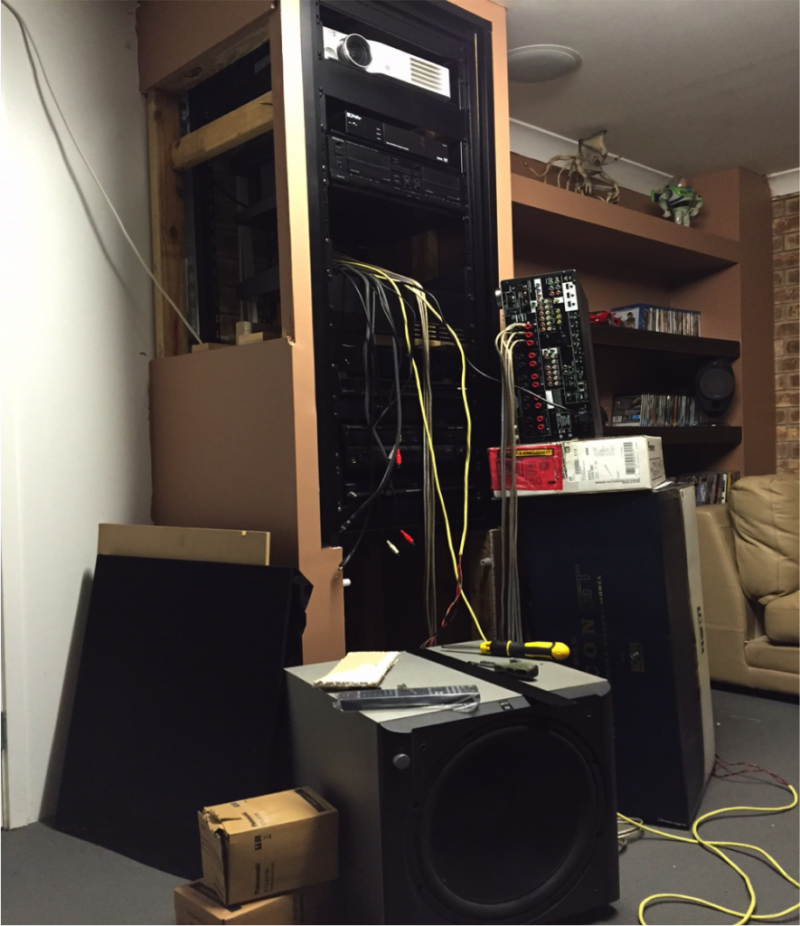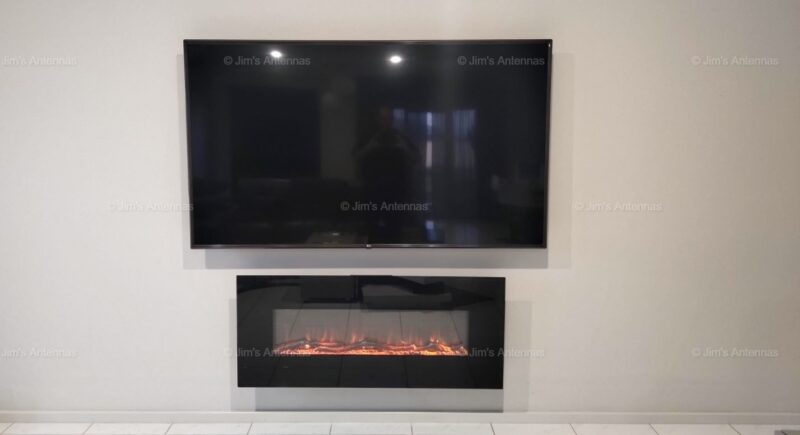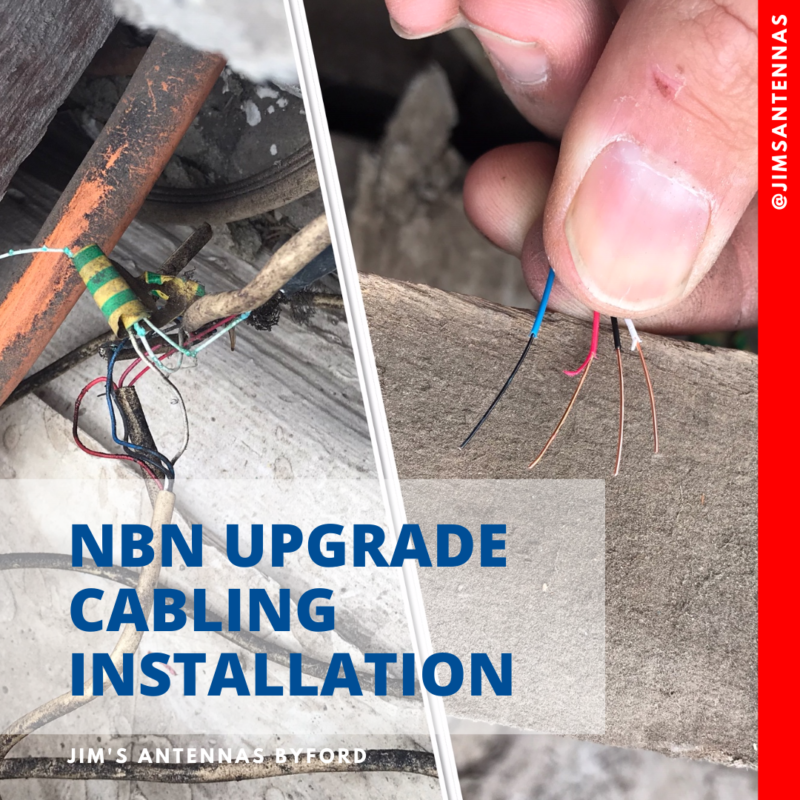TV Buying Guide: 5 Tips for Choosing the Best TV
Choosing a new TV is often difficult. With so many details to consider it is easy to become overwhelmed by seemingly nonsensical technical jargon, making the choice a lot harder than it needs to be!
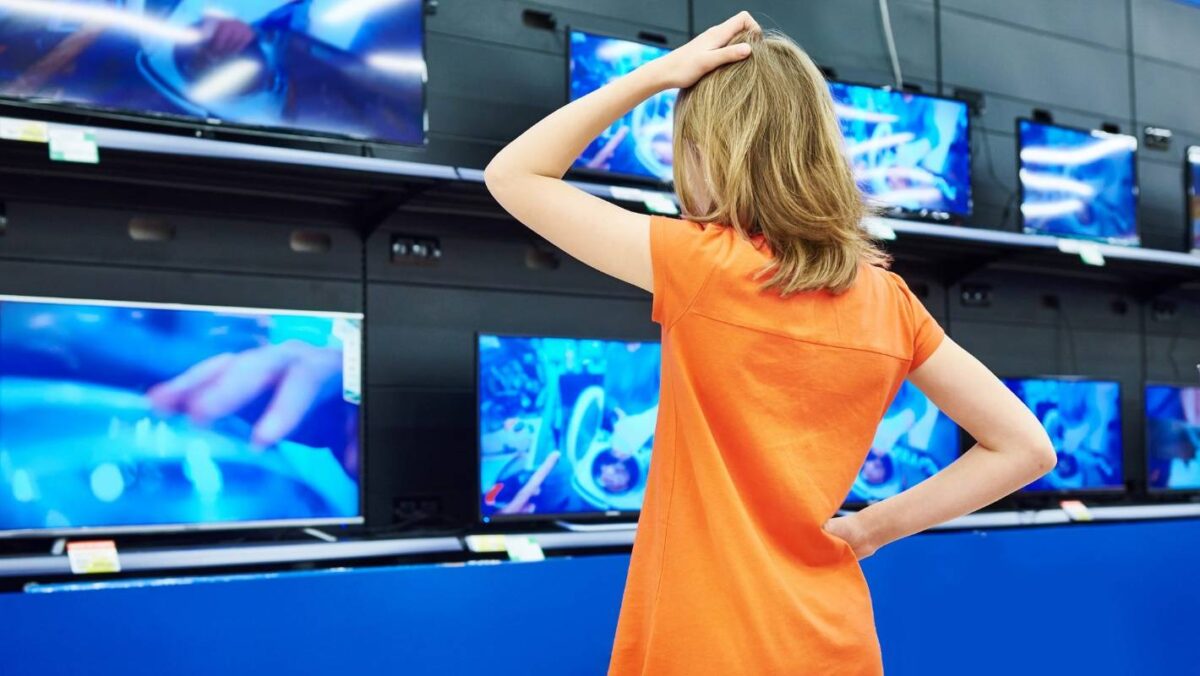
The following guide aims to demystify commonly used, yet complicated television specs and explain the 5 primary considerations you should take into account when looking for a new TV.
Usage and Screen Size
While it might seem like an obvious consideration you should contemplate what you will be mostly using your TV for. Are you after a new TV to watch free-to-air TV and/or streaming services or will your new TV be used mainly for gaming? The features you should be prioritising will differ depending on how you plan to use your TV (see sections: ‘Resolution’ and Refresh Rate’).
You should also be thinking about what screen size is appropriate for your usage and the layout of your home. Ask yourself:
Where I intend to put my new TV?
First consider whether the location you plan to place your new television set will limit your screen size options and think about what size screen would best fit the available space you have.
You should also take into account the number of people who will be using the TV in this space. If more people are likely to be watching, a larger screen will likely make for a better viewing experience.
How Far Away Will I be Sitting From the Screen?
Among TV manufacturers such as Sony and LG it is widely recommend that you sit between 1.5 to 2.5 times the diagonal screen measurement away from your TV. The following size to distance calculator is a handy way of determining how far away you should be sitting from a screen based on its size.
Resolution: Full HD vs UHD (4K) vs 8K
Resolution refers to the number of pixels that make up the picture on your TV display and is measured in rows and columns. For any screen size, the more pixels making up a picture, the higher the resolution and overall quality of the image.
You will have likely heard of common display resolution options such as Full HD, Ultra HD (UHD) and 8K – but what exactly do these terms mean?

Full HD
Full HD refers to a display that is 1920 x 1080, meaning that there are 1,920 rows by 1,080 columns of pixels. These screens are also sometimes referred to as 1080p in reference to the display image’s height (i.e. the number of pixel columns).
UHD (4K)
Ultra HD sets have four times the number of pixels as HD TV screens with 3820 x 2160 resolution. These displays are also commonly referred to as 4K, a reference to the width of the image (i.e. number of pixel rows). That being said, UHD sets are sometimes labelled as ‘2160p’, a reference to image height.
8K
8K TVs have quadruple the resolution of 4K sets and sixteen times as many pixels compared to Full HD, with a resolution of 7680 x 4320 pixels. Like with 4K, 8K is reference to the width of the image. These displays are also sometimes described as UHD-2, as 8K technology is considered to be the successor of 4K.
Which Resolution is Best?
While it is easy to jump to the conclusion that more pixels equate to a better quality display, this is not necessarily the case. For those currently in the market for a new TV, we’d recommend choosing a 4K display.
As most TV manufacturers have shifted to creating 4K TVs, these sets have become mass-market technology and are therefore becoming increasingly affordable.
While there are currently no free-to-air channels that offer 4K content in Australia, many streaming services such as Foxtel, Netflix, Disney+ and Amazon provide an extensive range of 4K content.
Although more expensive than a HD TV, 4K displays produce a higher quality image and are quickly becoming the new norm, making them a great future-proof investment. That being said, if you don’t plan to make use of paid TV or streaming services and only want to see free-to-air channels, HD resolution is likely a better and more cost effective option.
Why Not Buy 8K?
While 8K is the latest and greatest technology, we wouldn’t recommend purchasing an 8K display just yet. This is because 8K content is extremely limited. There aren’t any 8K movies available for purchase and the majority of streaming services do not offer 8K resolution. Until 8K content is more widely available, you’ll likely be paying a hefty price just to watch upmarket 4K content.
TV Technology Types: LCD, LED, OLED & QLED
LCD
LCD (Liquid Crystal Display) Televisions have a panel of liquid crystals through which light from a backlight is shone. These backlights were initially made using fluorescent lamps but now are almost always made of LEDs.
These days, LCD TVs are considered outdated, with LED being the preferred option if you are looking for a standard television set.
LED
Despite having different acronyms, LED TVs are considered to be a type of LCD display, as they use a LCD panel.
The LCD panel contains pixels, which are tiny dots that make up the images shown on your screen. Without lighting, the pixels cannot be seen, which is why a backlight is necessary.
The main difference between the two is that while LCD uses fluorescent lights, LED TVs use light emitting diodes to illuminate the back panel.
Pros
- Inexpensive
- LEDs are slimmer than LCDs and provide a better quality and clearer picture with high definition output
- Use less power than LCDs
Cons
- Unable to achieve perfect black or white due to back lighting
- Colour intensity, accuracy and brightness is of a lower standard compared to a QLED TV
QLED
LED and QLED TVs are similar as they both use LCD panels with LED backlights. The only difference is that QLED uses a quantum dot layer and uncoated blue backlight to improve colour.
Pros
- Great colour intensity, accuracy and brightness
Cons
- Some lower cost models may be edge-lit or direct-lit
- Unable to achieve perfect black or white due to back lighting
OLED
OLED panels are completely different to LED and QLED displays. The key difference being that as the pixels within an OLED display are self lit, a backlight is not needed. Organic Light Emitting Diode (OLED) pixels can also switch themselves off when required, which produces better blacks than displays that require an LED panel.
Pros
- Perfect black and white levels
- Superb contrast ratio
- Can be extremely thin and flexible (as they have no backlight)
Cons
- Unable to compete with QLED displays in terms of brightness – therefore require better ambient lighting controls
- Expensive
Although OLED technology is generally the best option, these TVs are also generally the most expensive. A fantastic middle-ground option is QLED technology. Not only are QLED TVs reasonably priced, but they are also widely celebrated for their outstanding ability to elevate colour intensity, brightness and accuracy.
Refresh Rate
The refresh rate describes how many times per second a picture is refreshed on the screen and is described using Hertz (Hz). In Australia there are two refresh rate options 50Hz and 100Hz, with the standard being 50 Hz. If you see refresh rates of 60 or 120Hz these are the US standards.
Generally speaking, a faster refresh rate will make a moving image appear smoother and more fluid.
For most people a TV with a refresh rate of 50Hz is usually sufficient as there isn’t much 4K or HD TV or movie content that surpasses 60 frames per second (fps). However, faster refresh rates are often desired by gamers, as they allow the TV to keep up with and more accurately mimic the rapid movements of a player. If buying a TV for gaming a 120 Hz TV may therefore be more suitable, provided your budget allows.
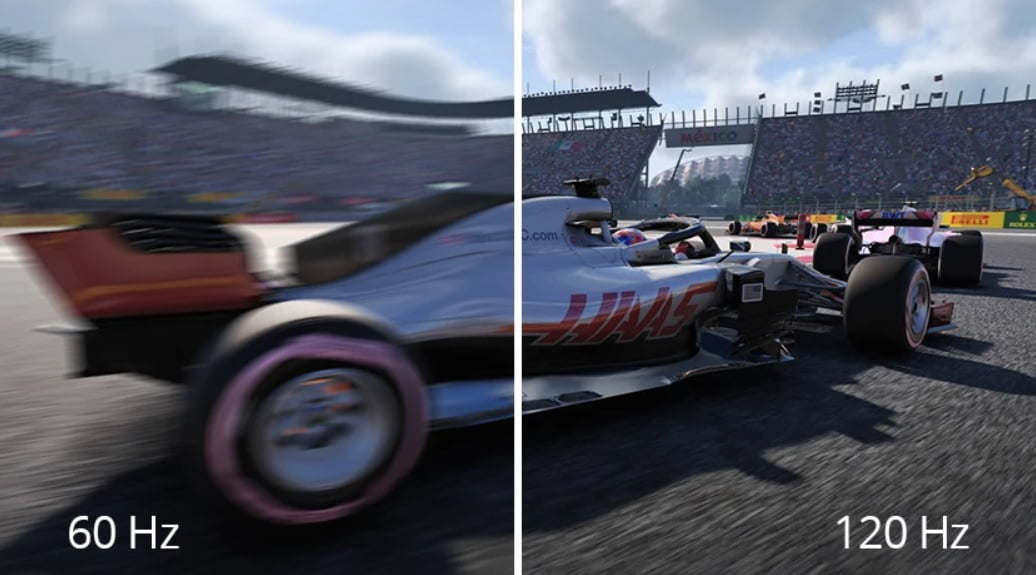
Please Note: When looking at TV refresh rates it is important to be aware of misleading jargon. The term ‘effective refresh rate’ is commonly used, and means that the actual frame rate is half of the ‘effective refresh rate’. For example, a 100 Hz ‘effective refresh rate’ is actually a 50 Hz refresh rate.
Audio: Sound bars
While the quality of our screens has drastically improved over time, the quality of TV speakers has slowly declined as a result of our screens becoming thinner and thinner. For nearly every TV installation, we’d recommend installing a sound bar. They are relatively inexpensive, can be installed cleanly and significantly improve the viewing experience – what’s not to like?
While a standard sound-bar from trusted brands such as Bosch or Yamaha will often do the trick, much more advanced (and pricey) technology, such as the widely celebrated Dolby Atmos, (an object-based cinematic surround sound system) is available for any audiophiles out there.
